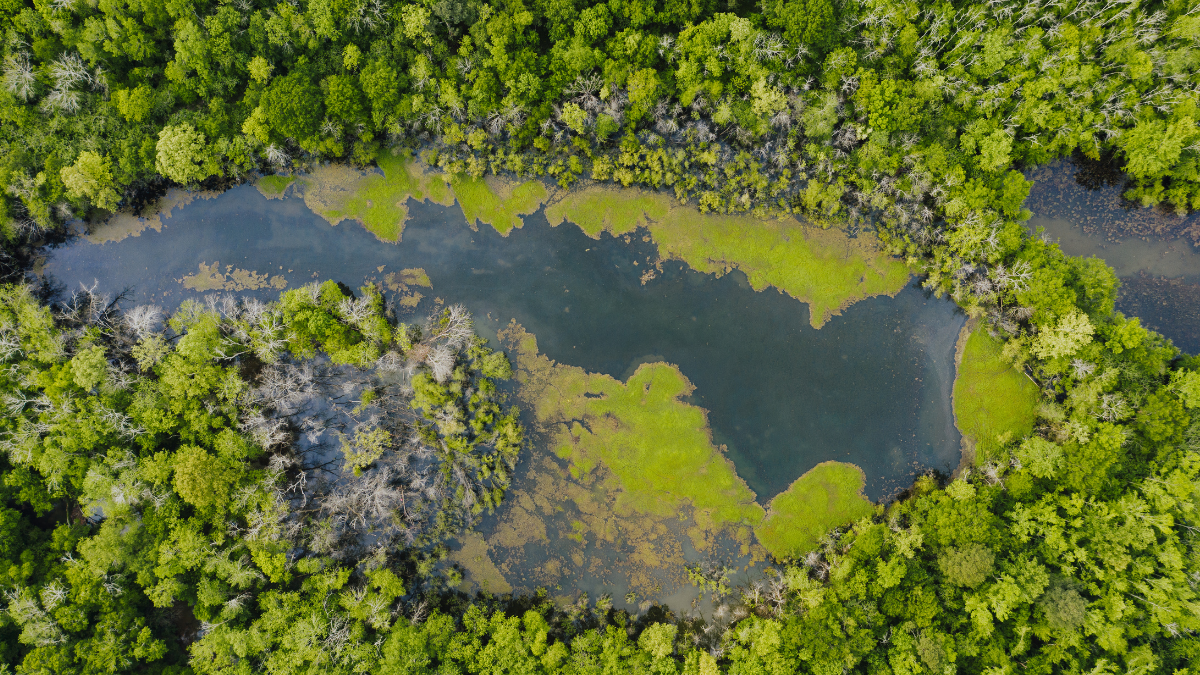Out in the wild, every sip of water tastes like freedom. But between crystal-clear streams and murky puddles, there's one truth: not all water is safe to drink. To avoid unpleasant surprises (and stomach trouble), it’s best to be prepared. So, which water filter should you take on your outdoor adventures?
Let’s break it down, nice and simple.
Why Filter Water While Hiking?
Even the clearest water can contain:
-
Bacteria (E. coli, Salmonella...),
-
Protozoa (Giardia, Cryptosporidium),
-
And in some parts of the world, even viruses.
Filtering your water helps you stay healthy and hike worry-free.
Types of Water Filters
1. Pump Filters
Great for groups or when drawing water from hard-to-reach sources.
Precise and very effective
Heavier and bulkier
2. Gravity Filters
Hang a water bag and let gravity do the work.
Perfect for campsites, no effort required
Slower when hiking solo
3. Straw Filters (e.g., LifeStraw)
Drink directly from the source, like a straw.
Ultra-light and practical
Doesn’t store filtered water
4. Filtered Bottles
Fill the bottle, sip filtered water—easy!
Ideal for day hikes
Limited capacity
5. Chemical Tablets or Drops
Effective against viruses and bacteria.
Compact and easy to carry
Waiting time (30 min to 2 hrs), may affect taste
Which Filter for Which Adventure?
-
Day hikes: A filtered bottle or straw filter will do the trick.
-
Multi-day treks: Go for a gravity or pump filter, which is more comfortable for long use.
-
Travelling in risky areas: Add a chemical treatment to eliminate viruses.
Hydration is the Key to Every Great Adventure
With the right filter, you have peace of mind, a lighter backpack, and bottles full of clean, safe water. Because in the wild, nothing beats a cool sip from a mountain stream, minus the health risks.

